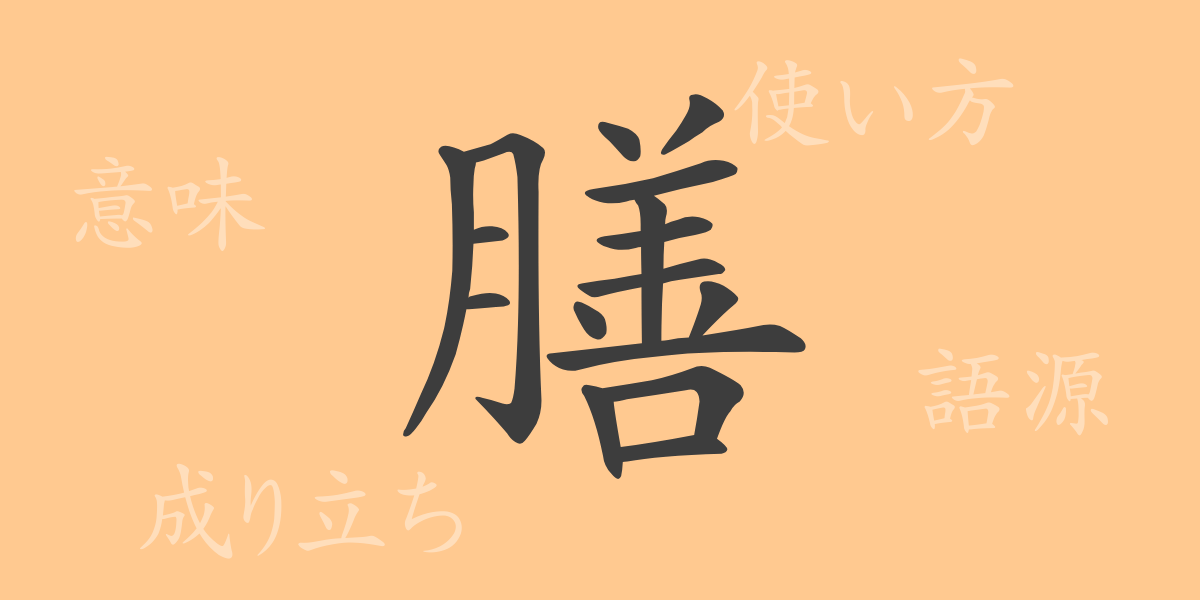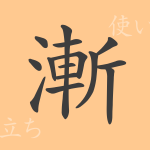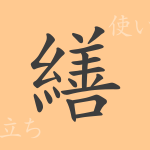Japanese culture is enriched with unique characters, each with its own history and significance. Among them, the kanji “膳” (ぜん), deeply rooted in daily life, may not be fully understood by many in terms of its origins and diverse usages. This article delves into the allure of the kanji “膳,” exploring its etymology to its contemporary applications, from the culinary tables it adorns to the hidden history within the word. Join us on this journey of discovery.
Origins of 膳 (ぜん)
The journey into the origins of the kanji “膳” begins in ancient China. Its roots trace back to an old character that denoted a stand or table for serving food. This character symbolically represented the shape of a stand used for holding food, linking it closely with food culture from early times. Upon reaching Japan, it was embraced as a significant term associated with dining, evolving uniquely in its usage.
Meaning and Usage of 膳
Originally, “膳” referred to a table or stand for placing food, but over time, its meanings have broadened. Today, it generally refers to a meal itself or the utensils used for eating. The term also combines with adjectives and verbs to form various expressions. “お膳立てする” extends beyond preparing a meal to also mean arranging or preparing for something more broadly.
Readings, Stroke Count, and Radical of 膳
Understanding the readings, stroke count, and radical of “膳” is essential for a deep comprehension of the character:
- Readings: On’yomi “ゼン”, no specific kun’yomi.
- Stroke count: 15 total strokes.
- Radical: 肉 (にくづき).
Phrases, Idioms, and Proverbs Using 膳
Phrases, idioms, and proverbs containing “膳” often relate to meals and preparations. For example, “膳場” (ぜんば) refers to a dining area or cafeteria, and “膳所” (ぜんしょ) denotes a room or place for eating. The phrase “膳を据える”(ぜんをすえる) means to prepare a meal, but metaphorically, it can also imply setting up for an activity.
Conclusion on 膳
Through this article, we have explored the rich history and contemporary usage of the kanji “膳.” Evolving alongside Japanese food culture, this character remains an integral part of the Japanese lifestyle. The role of “膳” in enriching meal times goes beyond just being a character—it holds significant value. We hope you continue to cherish the meanings imbued in “膳” as you enjoy your daily meals.

























